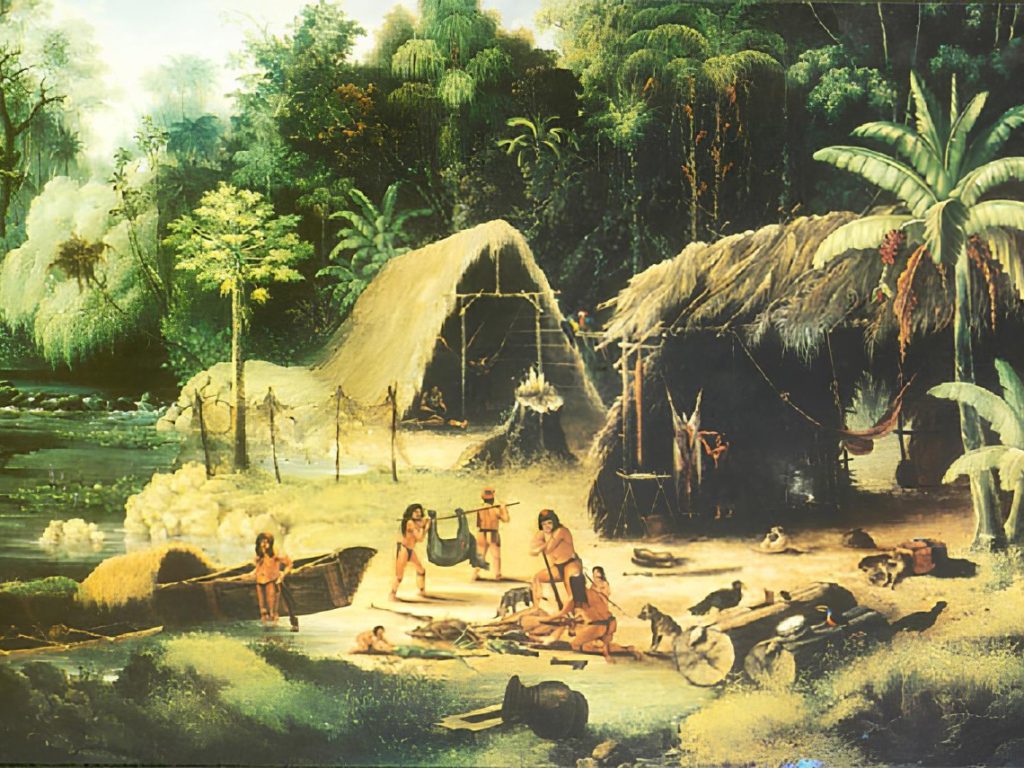Study finds human activity on Curaçao began centuries earlier
New research conducted jointly by Simon Fraser University (SFU) and the National Archaeological Anthropological Memory Management (NAAM) Foundation in Curaçao has pushed back the earliest known human settlement of the island by centuries, shedding light on pre-Colombian Caribbean history.
The Curaçao Cultural Landscape Project, initiated in 2018, involves an international collaboration aimed at understanding the long-term biodiversity changes on the island and their correlation with human activities.
Published in the Journal of Coastal and Island Archaeology, the findings of the project indicate human presence on Curaçao dating as far back as 5735 – 5600 cal BP, approximately 850 years earlier than previously believed. This conclusion was reached through the radiocarbon dating of charcoal samples collected from an Archaic period site at Saliña Sint Marie, now recognized as the earliest archaeological site on the island, using accelerated mass spectrometry.
Christina Giovas, an associate professor in SFU’s Department of Archaeology and co-lead of the study, highlights the significance of this discovery in the ongoing debate about the settlement of the Caribbean and the origins of its people. She suggests that this new timeline suggests a simultaneous movement of people from the continental mainland to both the northern islands and Curaçao.
While further research is required to confirm this hypothesis, Giovas emphasizes that it indicates an earlier exploration of the islands off the western Venezuelan coast than previously assumed, offering a foundation for studying human-environment interactions in the region.
Claudia Kraan, NAAM's Deputy Director and study leader, underscores the importance of ongoing research in uncovering new insights into the island's past inhabitants, emphasizing that archaeological knowledge is dynamic and evolves with continued exploration and analysis.
The project involved SFU archaeology undergraduate students participating in a five-week international field school in Curaçao in the summer of 2022. They assisted in surveying, mapping, and excavating project sites, presenting their findings to the local community. Collaborating closely with local volunteers and the NAAM Foundation, the students gained practical hands-on experience in environmental archaeology, exploring human-environment interactions throughout history and their relevance to modern conservation efforts.
The initiative aims to enhance local archaeological capacity, facilitate knowledge mobilization, and raise awareness of the island's rich history. Plans for future field schools in 2025 will further delve into the island's transformation over time, providing valuable lessons for future conservation endeavors.
The project's partners include SFU, the NAAM Foundation, the Max Planck Institute of Geoanthropology, the University of Queensland, and InTerris Registries.

